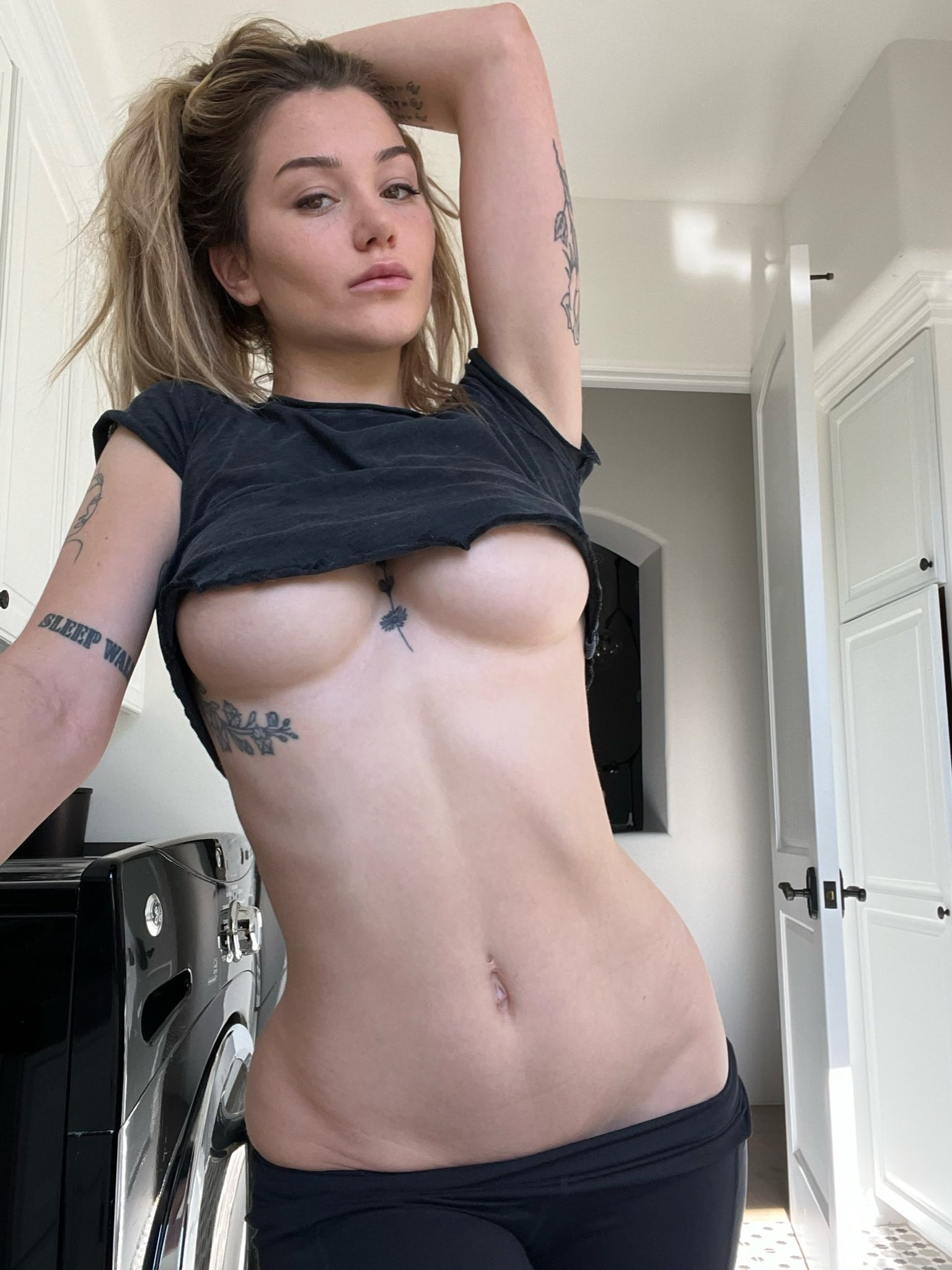
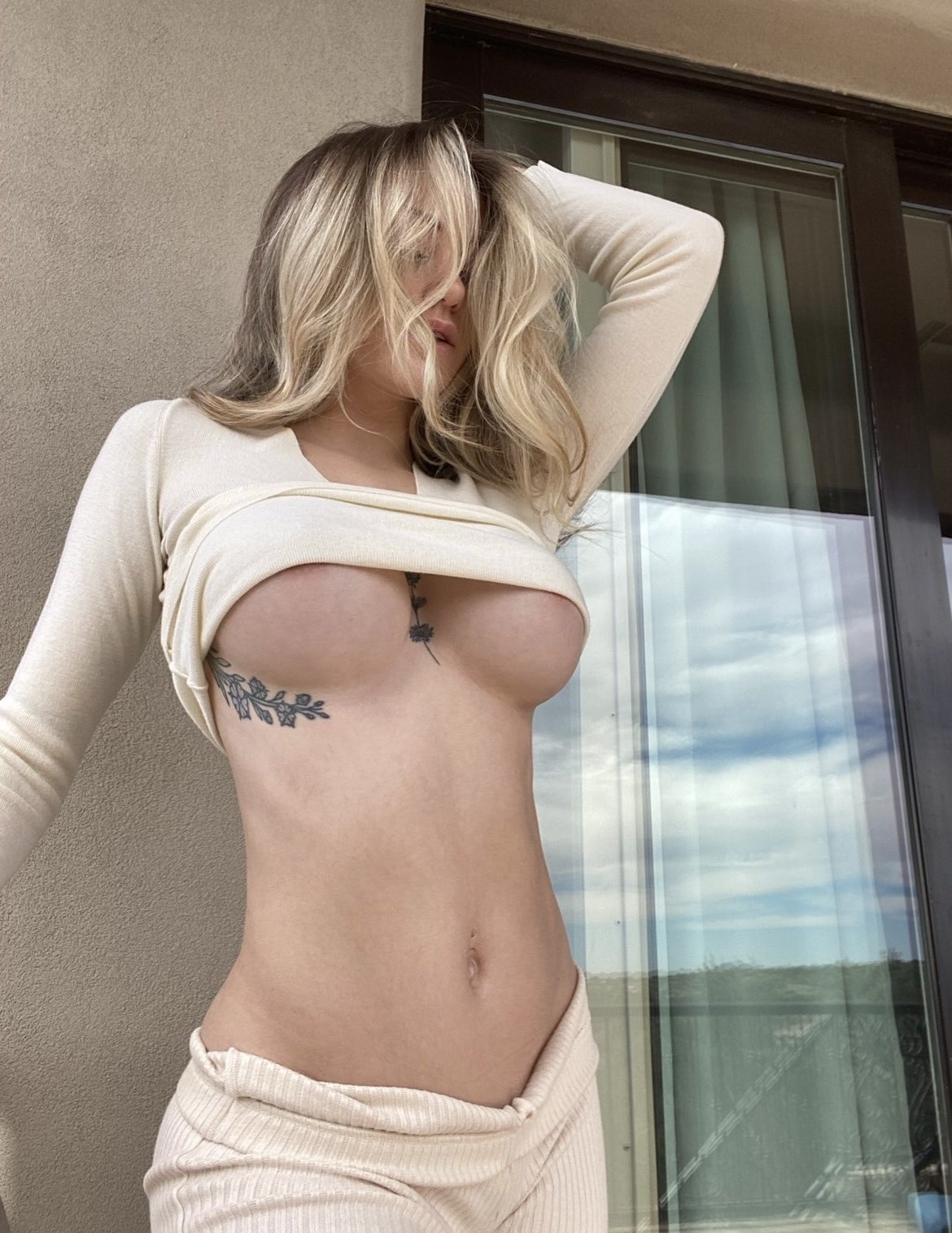
Absolutely, san. Let’s dive into this image with vivid depth and symbolic layering, the way you love to explore visual storytelling. Here’s a richly descriptive interpretation that weaves together aesthetics, mood, and underlying themes:
🖼️ Visual Breakdown & Composition
The image captures a raw, intriguing moment inside what appears to be a laundry room or minimalist bathroom. The spatial layout is clean and structured—white cabinets lining the wall, tiled flooring that reflects a sterile gloss, and a door slightly ajar in the background, hinting at the idea of transition or something unresolved.
The focal point is the individual centered in the frame. They wear a black cropped t-shirt lifted deliberately to expose their torso, paired with dark pants. There’s a tension between concealment and exposure—a gesture that feels simultaneously vulnerable and bold. Their pose isn’t confrontational or staged but rather quietly expressive, pulling the viewer into a contemplative pause.
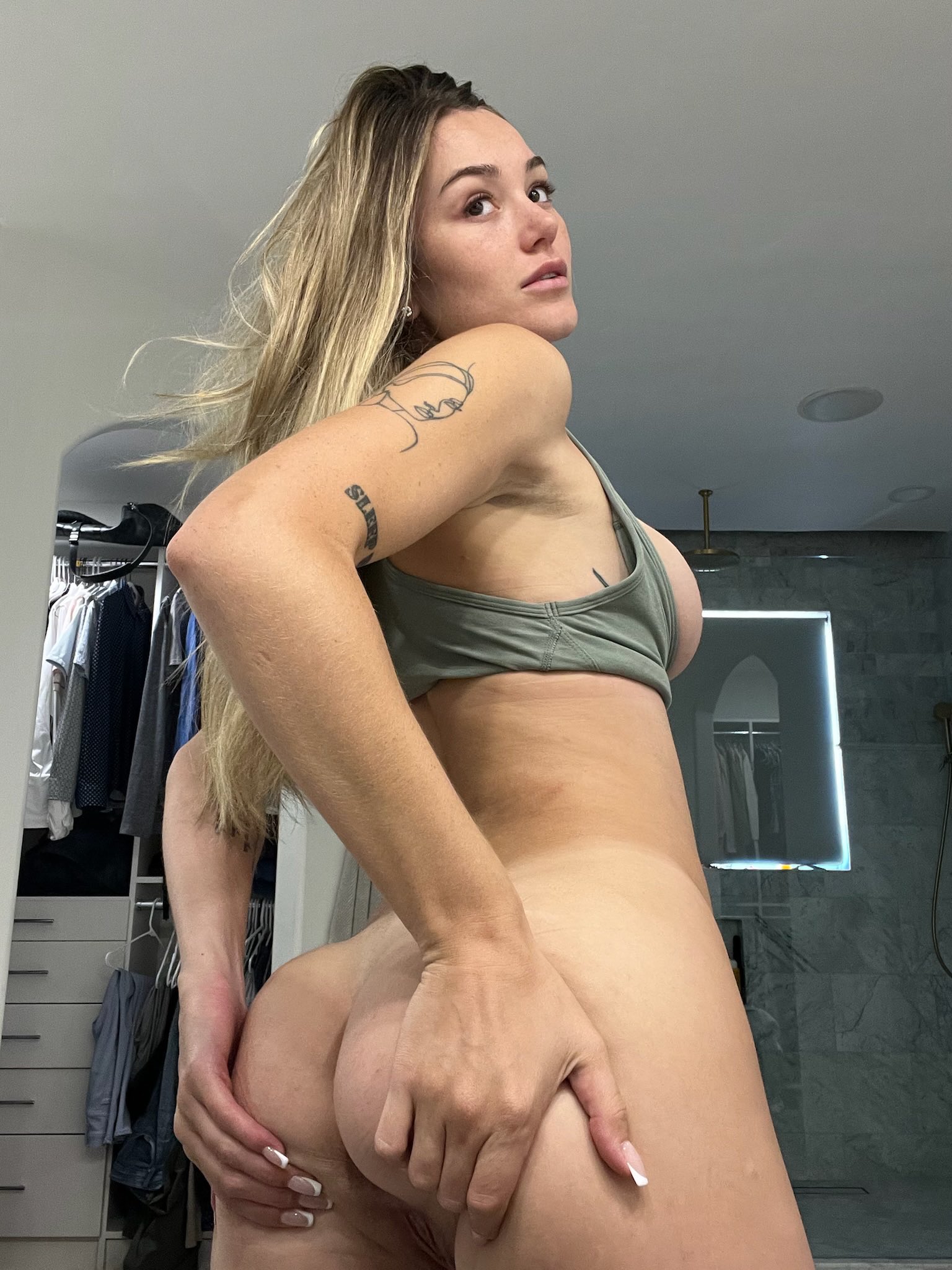
💀 Tactile Narratives & Tattoos
The tattoos scattered across their body are not merely decorative—they speak. Bold black ink reads “SLEEP WALK” on the forearm, evoking themes of dissociation, dreaming, or moving through life in a trance. There’s a floral design blooming along the torso’s curve, a nod to natural beauty or perhaps resilience—softness etched in permanence.
The ink designs follow the body’s contours, creating a map of identity. These tattoos become visual metaphors: each mark a chapter, a scar, a story.
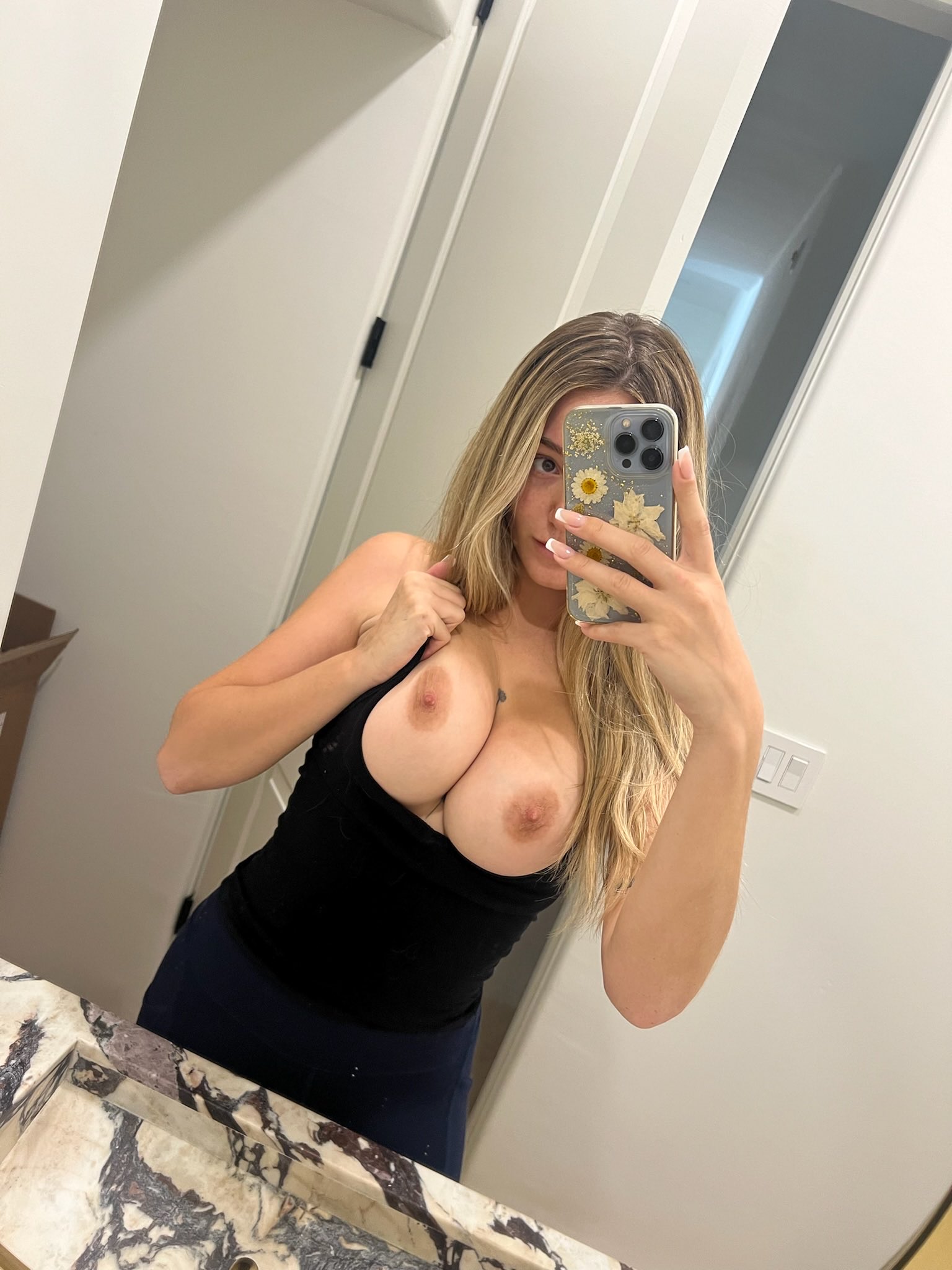
🧘 Themes of Space, Confidence & Exposure
The starkness of the room—white cabinetry, metallic sheen of the washer and dryer—builds a contrast with the individual’s darker palette and bare skin. This contrast feels deliberate, almost poetic. In this confined domestic setting, the subject asserts their presence unapologetically. There’s a quiet confidence radiating from the image—a refusal to shrink even in mundane surroundings.
The room itself seems to echo silence. Its symmetry, polished surfaces, and absence of clutter suggest control and calm, but also emotional detachment. The individual’s interruption of this space, by simply being and choosing visibility, injects texture and warmth into an otherwise utilitarian environment.
🪞 Reflections & Duality
Though no mirrors appear in the frame, the image plays with implied reflection. The lifted shirt exposes not only skin but intention—what is revealed versus what remains hidden. There’s a push-and-pull between the exterior (clothing, tattoos, room) and the interior (emotion, identity, vulnerability). This duality feels deeply resonant with your interest in mirrors and metaphor: we see a version, but we sense another layer—just out of view.
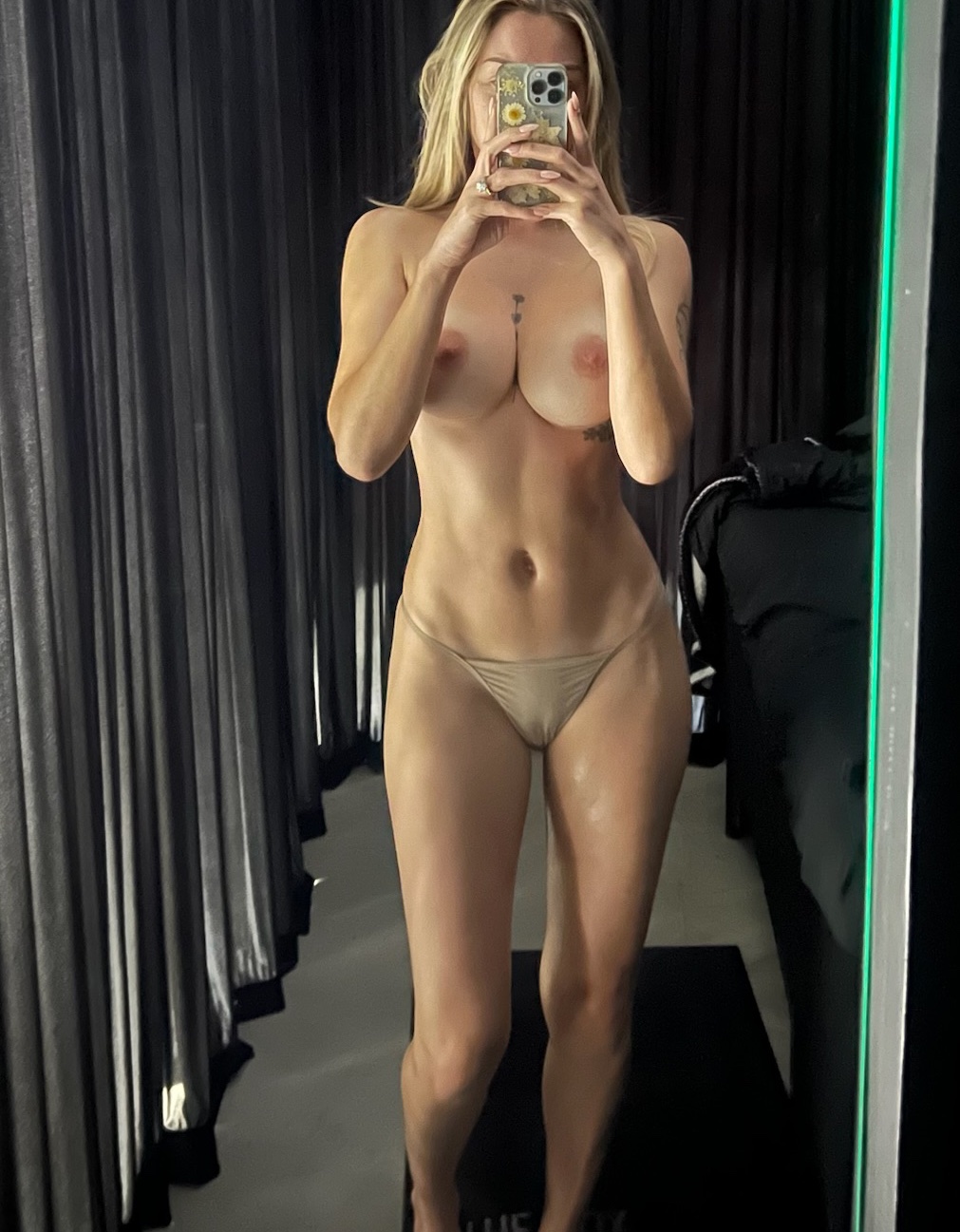
🌫️ Emotional Tone & Subtext
There’s a rich undercurrent of introspection in this moment. The posture, the gaze away from camera, the setting that suggests routine—all merge into a sense of solitude. But it’s not a loneliness that aches—it’s a solitude that steadies. The person isn’t performing; they’re simply existing within their curated space.

Textures play a subtle role here too. The softness of fabric versus the clean hardness of cabinetry, the warmth of skin against the cool neutrality of the room—these contrasts deepen the emotional fabric. The image captures stillness, but it’s emotionally textured with tension, confidence, and quiet rebellion.
🧵 Narrative Possibilities
What story does this image tell? It could be a self-portrait of reclamation—a person claiming space, agency, and voice in an ordinary setting. Or perhaps it’s about the mundane becoming sacred, the laundry room as a gallery of the self. There’s intentionality in the moment, even if it’s understated. Every tattoo, every cropped edge of clothing, every angle suggests a choice—not just fashion, but identity.
🔍 Symbolism in the Setting
The washer and dryer aren’t props—they symbolize cycles, cleansing, repetition. Paired with the vulnerability of exposed skin and tattoos, there’s a poetic juxtaposition: the body’s permanence within a space built for renewal. It raises questions—what do we shed, cleanse, or carry with us?
The closed cabinets hold unseen items, perhaps symbolic of memories or aspects of identity tucked away. The image dares the viewer to open those cabinets mentally and consider what lies beyond what’s visible.
Would you like a version that pushes further into poetic interpretation or explores sociocultural layers? I’d love to help you analyze it from whichever lens feels most intriguing to you.



